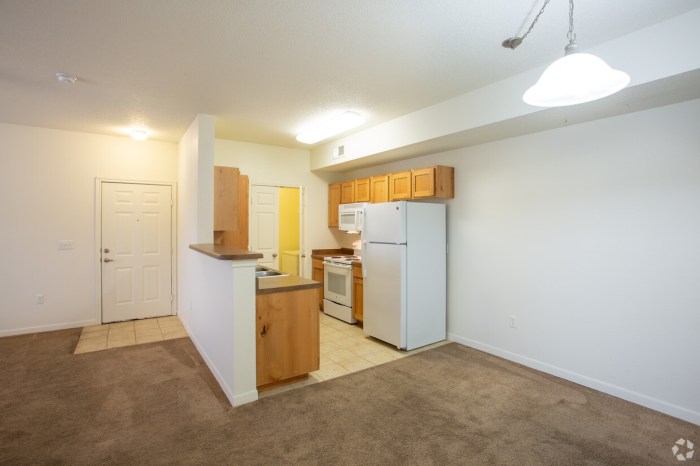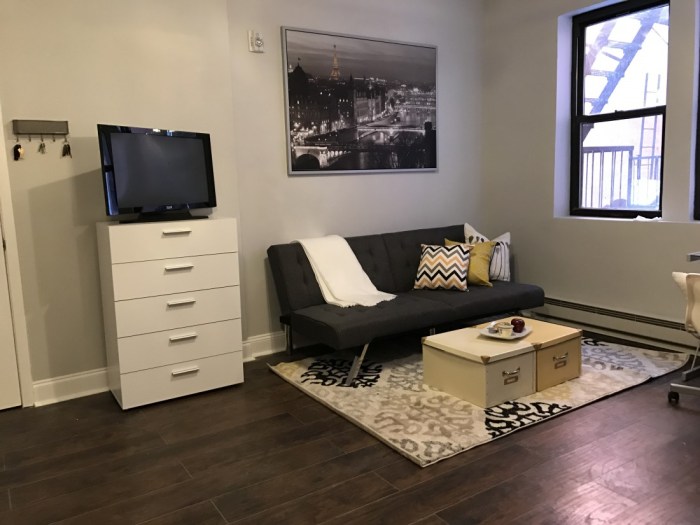Landlord rentals near me represent a crucial search query for countless individuals seeking housing. This exploration delves into the multifaceted aspects of this search, from understanding user intent and location-based results to optimizing rental listings and fostering transparent communication between landlords and tenants. We’ll examine how technology and careful design can streamline the rental process, creating a positive experience for all involved.
The process of finding the right rental property can be daunting, but understanding the nuances of online searches and landlord-tenant interactions is key to a successful outcome. This guide aims to illuminate those nuances, providing insights for both renters and landlords navigating the complexities of the rental market.
Understanding User Search Intent for “Landlord Rentals Near Me”
This section analyzes the diverse needs behind the common search query “landlord rentals near me,” identifying various user types and their specific rental preferences. Understanding these nuances is crucial for optimizing search results and providing a tailored user experience.
Diverse Renter Needs and Personas
The search term “landlord rentals near me” attracts a broad range of renters with varying needs and priorities. We can categorize them into several key groups: students, young professionals, families, and individuals. Each group has unique characteristics that influence their search behavior and rental preferences.
- Students: Typically prioritize affordability, proximity to campus, and shared living arrangements. A sample persona might be Sarah, a 20-year-old college student seeking a studio apartment or shared house within a mile of the university, with a monthly budget of $800.
- Young Professionals: Often prioritize location, amenities, and modern features. Consider Alex, a 28-year-old marketing professional looking for a one-bedroom apartment in a vibrant urban neighborhood with easy access to public transportation, a gym, and in-unit laundry, with a budget of $1,500 to $2,000.
- Families: Their priorities are typically centered around space, safety, and family-friendly amenities. Meet the Millers, a family of four seeking a three-bedroom house in a quiet suburban neighborhood with a good school district, a yard, and ample storage space, with a budget up to $2,500.
- Individuals: This category encompasses a wide range of individuals with varying needs, from single professionals to retirees. Consider David, a 55-year-old retiree looking for a cozy one-bedroom apartment in a peaceful neighborhood with easy access to healthcare facilities and community amenities, with a budget of $1,200.
Location-Based Search Results and Optimization
Accurate and efficient location-based search results are fundamental to a successful rental platform. This section explores various methods for determining “near me” and their implications for search accuracy.
Determining “Near Me”: Methods and Accuracy
Several methods can be used to determine the “near me” location for rental searches. Each has its advantages and limitations.
- IP Address: Provides a general location but lacks precision, often only accurate to the city level. This is often less accurate than GPS.
- GPS: Offers highly precise location data, but requires user permission and may not be available in all situations.
- User-Specified Location: Allows users to manually input their desired search area, providing greater control and flexibility but relies on user accuracy.
Hypothetical Map Illustrating Search Radius
Imagine a map centered on a user’s location. A “near me” search with a default radius of 5 miles might encompass a large area in a low-density suburban setting, whereas the same radius in a high-density urban area would cover a much smaller geographical space. The map would visually represent this variation, showing how the search radius adjusts based on location density.
A visual representation could show a smaller, more tightly packed circle in a densely populated area compared to a larger, more spread-out circle in a less densely populated area.
Essential Rental Listing Attributes: Landlord Rentals Near Me
This section details the crucial attributes that should be included in rental listings to attract potential renters. High-quality visuals are particularly important in conveying the property’s appeal.
Table of Essential Listing Attributes

| Attribute | Example Display | Attribute | Example Display |
|---|---|---|---|
| Price | $1,500/month | Size | 850 sq ft |
| Bedrooms | 2 | Bathrooms | 1 |
| Amenities | In-unit laundry, parking, balcony | Photos | Multiple high-quality images |
| Pet Policy | Pets allowed with fee | Availability | Available Now |
The Importance of High-Quality Photography
High-quality photographs are essential for attracting potential renters. Images should showcase the property’s best features and create a positive first impression.
- “Wide shot of a bright living room”: Shows the spaciousness and natural light of the living area.
- “Close-up of a modern kitchen”: Highlights the updated appliances and sleek design of the kitchen.
- “View from the balcony overlooking a park”: Showcases the outdoor views and desirable location.
Filtering and Sorting Rental Listings
This section discusses the implementation of user-friendly filtering and sorting options to enhance the search experience.
Filtering Options and Implementation
Common filtering options include price range, number of bedrooms, pet-friendliness, and amenities. These can be implemented using HTML dropdown menus and checkboxes.
For example, a price range filter could use a dropdown menu with options like “$1000-$1500,” “$1500-$2000,” and so on. A pet-friendliness filter could use a simple checkbox.
Sorting Options and User Interface
Results can be sorted by price (low to high, high to low), date listed (newest first, oldest first), or relevance (based on search terms and user preferences). A clear and intuitive interface, possibly with radio buttons, should be provided for selecting the desired sorting method.
Landlord Profiles and Secure Communication
This section focuses on building trust and facilitating secure communication between renters and landlords.
Creating Landlord Profiles, Landlord rentals near me
Landlord profiles should include contact information, property listings, ratings, and reviews. This transparency builds trust and allows renters to make informed decisions.
Facilitating Secure Communication
Secure messaging systems within the platform should be implemented to protect user data and prevent scams. This could include end-to-end encryption or other security measures.
Building Trust and Transparency
Transparency in pricing, fees, and landlord policies is crucial. Clear communication channels and readily available information promote trust and positive interactions.
Legal and Ethical Considerations
This section Artikels legal and ethical responsibilities related to displaying rental listings.
Legal Issues Related to Rental Listings
Compliance with fair housing laws and advertising regulations is essential. This includes avoiding discriminatory practices in advertising and ensuring accurate descriptions of properties.
Ethical Considerations for Landlords and Platforms
Ethical considerations include data privacy, transparent pricing, and fair treatment of renters. Landlords and platforms should prioritize user privacy and avoid misleading or deceptive practices.
Disclaimer Addressing Legal and Ethical Concerns

A clear disclaimer should address potential legal and ethical concerns, outlining the platform’s commitment to fair housing, data privacy, and transparency. This disclaimer could be placed prominently on the website. An example could be: “This platform is committed to providing a fair and equitable housing search experience. We adhere to all applicable fair housing laws and strive to ensure the accuracy and transparency of all rental listings.
User data is protected in accordance with our privacy policy.”
Ultimately, finding the perfect “landlord rentals near me” hinges on a combination of effective search strategies, clear and detailed property listings, and transparent communication. By understanding user needs, prioritizing location accuracy, and implementing user-friendly filtering and sorting options, both renters and landlords can leverage technology to create a more efficient and positive rental experience. This streamlined approach fosters trust, transparency, and ultimately, successful matches between property seekers and available housing.